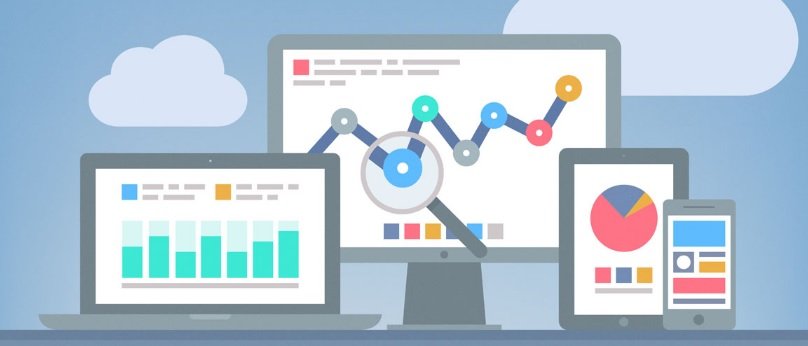The term APM is becoming increasingly popular in the modern and highly digital world. As people from all walks of life continue to rely on apps to get things done, we’re seeing more manufacturers experimenting with software tools as part of their customer service and support strategy. However, for a business to have a successful app, they don’t just need a developer to build something that’s immersive and interesting – they also need a way of tracking that app’s performance.

Even the slightest problem with a piece of code or an error with a CDN somewhere in your app’s performance line could lead to an unhappy customer. In the age of customer experience, no business can afford to take risks, that’s why tools for monitoring app performance are essential in the digital landscape.
What is an APM?
The term APM will either stand for application performance management or application performance monitoring, depending on who you ask. The earliest definition links back to application performance management – a software strategy that attempts to help businesses diagnose and detect complex problems with application performance so that we can find solutions to issues. On the other hand, application performance monitoring tools might take a more proactive approach to ensure that problems don’t happen in the first place.
Most APM products today are designed to help companies monitor the performance of critical metrics within their business applications. You can also set these tools up to offer alerts when something goes wrong within your system, so you can manage a timely response to the problem. Application monitoring tools assess everything from the digital experience that an application provider, to the diagnostic tools required to get to the bottom of problems. Used effectively, APM tools are all about giving today’s businesses the information that they need to make informed decisions about how to preserve, maintain and improve their applications.
Do You Need App Monitoring?
Ultimately, the answer to the question of whether you need app monitoring tools will depend on what you’re trying to achieve as a company. If you’re currently in the process of embracing a DevOps philosophy for your brand, and you’re focusing your efforts on some key applications, then your APM offerings could be invaluable to building your business. For net new applications, an APM will even give you a chance to bake application measuring and improvement into the heart of your delivery method.
On the other hand, companies that are more involved with a broader app portfolio that’s built largely using third-applications might not need APM tools. Indeed, you might find that in this case, such tools aren’t suitable for your budget, or your skillset. Remember, Amazon lost up to $99 million when one of their applications had connectivity issues for just over an hour. It’s tools like application monitoring services that allow businesses of all sizes to avoid the same kind of business-breaking outages. The more closely you can watch your critical application systems, the less likely it is that you’ll end up seeing your entire business crumble when something goes wrong.